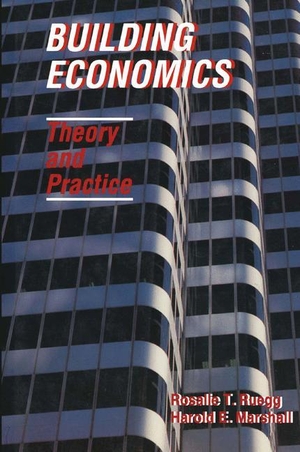Für statistische Zwecke und um bestmögliche Funktionalität zu bieten, speichert diese Website Cookies auf Ihrem Gerät. Das Speichern von Cookies kann in den Browser-Einstellungen deaktiviert werden. Wenn Sie die Website weiter nutzen, stimmen Sie der Verwendung von Cookies zu.
Cookie akzeptieren
Harold Marshall / Rosalie Ruegg
Building Economics: Theory and Practice
- Springer US
- 2013
- Taschenbuch
- 504 Seiten
- ISBN 9781475746907
We no longer build buildings like we used to nor do we pay for them in the same way. Buildings today are no longer only shelter but are also life support systems, communication terminals, data manufacturing centers, and much more. Buildings are incredibly expensive tools that must be constantly adjusted to function efficiently. The economics of building has become as complex as its design. When buildings were shelter they lasted longer than their builders. The av erage gothic master mason lived 35 or 40 years. Cathedrals took 3 or 4 hundred years to build. Cost estimates were verified by great great grandchildren of the original designer.
Mehr
Weniger
zzgl. Versand
in Kürze